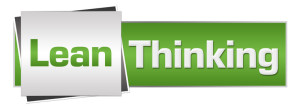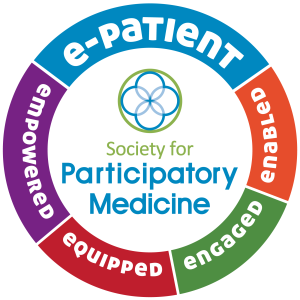As I start my interim management role at a new organization, I’m learning about pockets of best practices throughout the health network for daily huddles and other lean methods. I’m learning from my team that  identifying the right metrics to measure in IT is a challenge.
identifying the right metrics to measure in IT is a challenge.
And of course, I’m getting a lot of standing meetings added to my calendar while trying to understand what each group’s unique purpose is and where specific type decisions are made. These are important questions given most organizations have too many meetings and people often say they spend too much time in meetings.
One of my first observations week one as I listened to colleagues is that there is potential for lean methods such as a daily management system, huddles, and visual boards.
I’ve learned a lot about lean and what it takes to introduce new concepts into organizations in recent years. One of the most important lessons I’ve learned is to listen and get to know an organization before making any assumptions.
I will be doing a lot of listening and learning in the coming weeks. When it comes to lean methods, I will share my experiences in previous organizations as it makes sense with my new colleagues and teams.
If you share my passion for lean thinking or are interested in learning more, check out my post “Lean classics worth a second look”. It’s a recap of previous posts covering huddles, visual boards, and gemba walks from my journey as a lean leader in different organizations. And if you have a story on how you have applied lean thinking in your organization, I would love to hear it.
Related Posts:
6 tips for successful huddle boards
Leadership huddles: not just another meeting
Making the invisible visible – part 2









